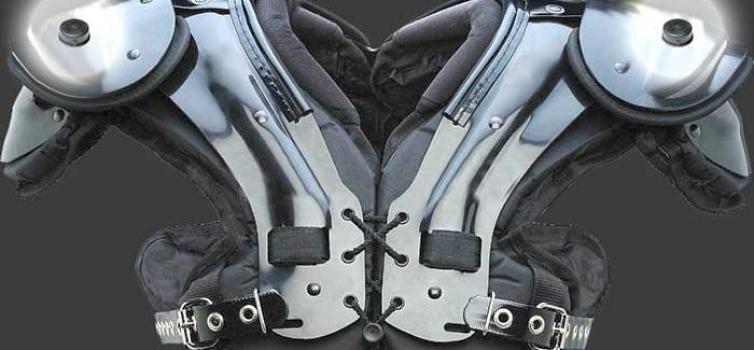NFL prepares for new era of data analysis

The sensors are sewn into a player's shoulder pads
Written by Ben Dirs — August 26, 2018
THIS season the NFL will share comprehensive player-tracking data with all of its teams, heralding a new era of analysis.
Every move a player makes will be tracked by two nickel-sized radio-frequency identification (RFID) sensors inside their shoulder pads. The data will then be captured by sensors positioned around the stadium.
The technology has been available to teams since 2014, when Zebra Technologies signed a five-year deal to become the ‘official on-field player-tracking provider” for the NFL - but only for a team's OWN players.
However, this will be the first season in which data on ALL players will be available to ALL teams, following a decision by the NFL’s Competition Committee earlier this year. The new season begins on Friday September 7th when the Philadelphia Eagles take on the Atlanta Falcons.
The information will be distributed on a weekly basis via the NFL’s Next Gen Sports brand.
In previous seasons, NFL teams have used their own tracking data to focus on metrics such as speed, distance covered and accelerations. Now there is the potential for a much greater level of analysis because of the size of the data sets.
In the short term, teams are expected to use this for more detailed work on individual match-ups, route combinations and workload monitoring. In time, using machine learning, they are expected to build predictive models anticipating playcalls and player performance for a particular play.
Analytics firm TruMedia, owned by Fulham Director of Football Operations Tony Khan, is already working with a number of NFL teams on their player tracking data.
So too is machine-learning company Second Spectrum, whose CEO, Rajiv Maheswaran, told ESPN: "The real thing that will happen is that while there will be an impact in year one, the teams who start adapting early will have like 10 times more value in year three and four than other people who are slower.”
Second Spectrum already handles NBA player tracking analysis and has developed models that can identify pick-and-rolls and off-ball screens largely without any human intervention.
The information is distributed via its Eagle Tool, which was licensed to 26 NBA franchises last season.




-1.png)





